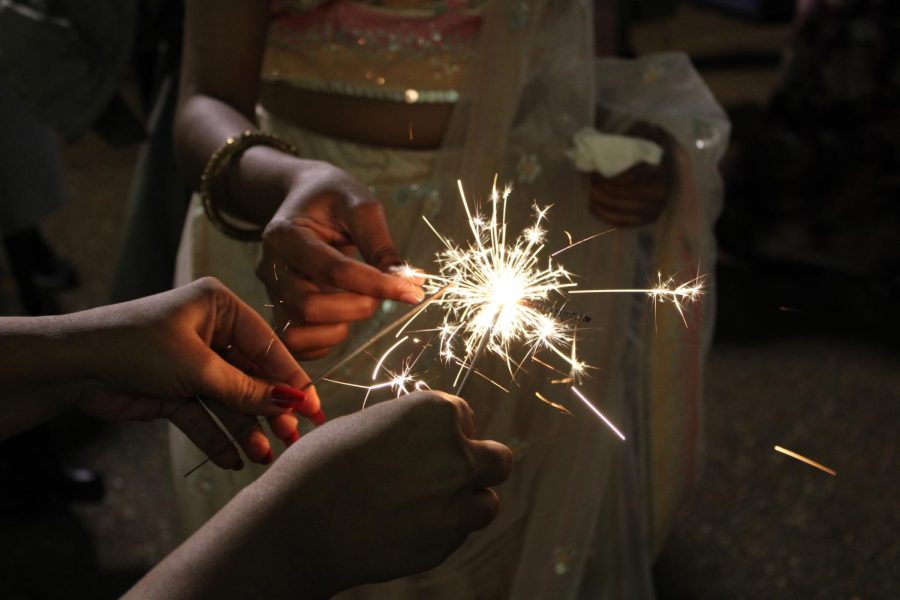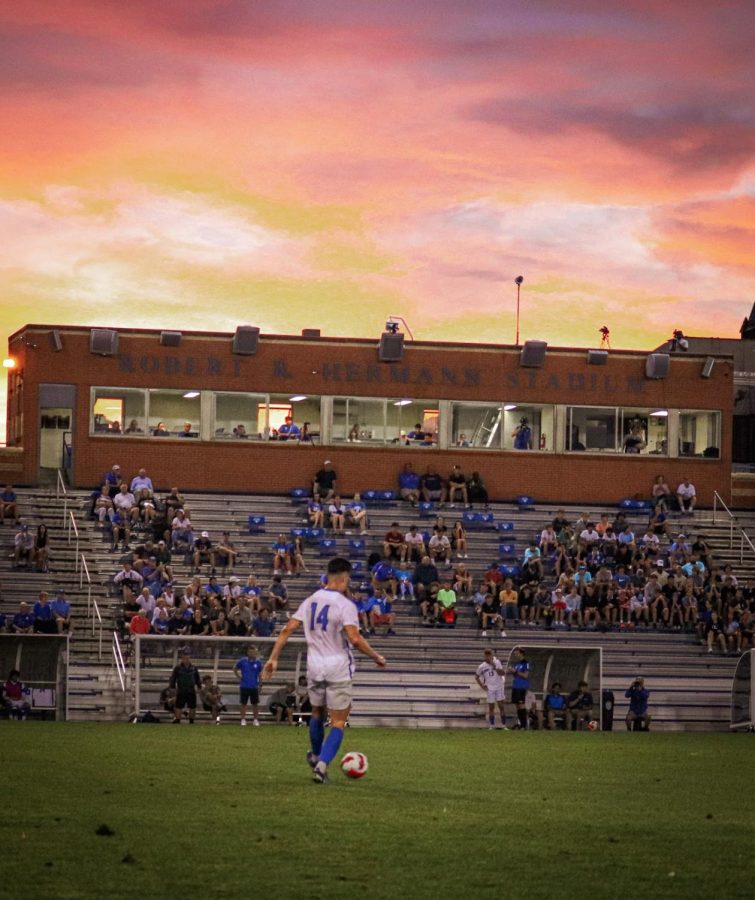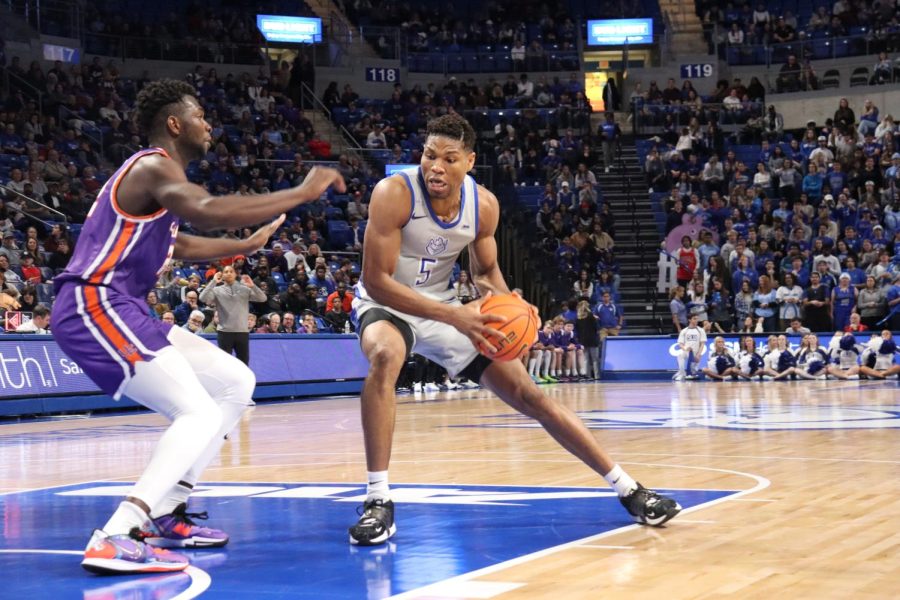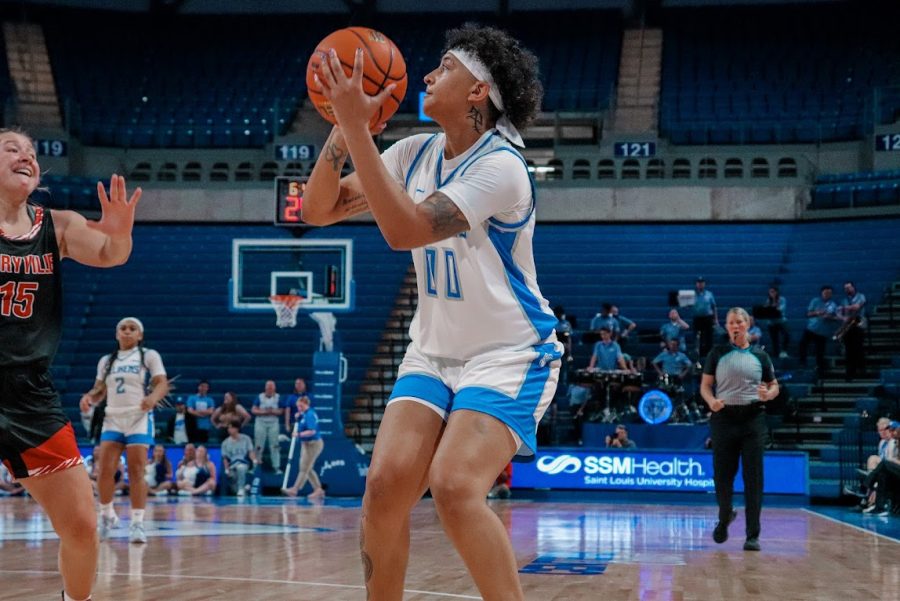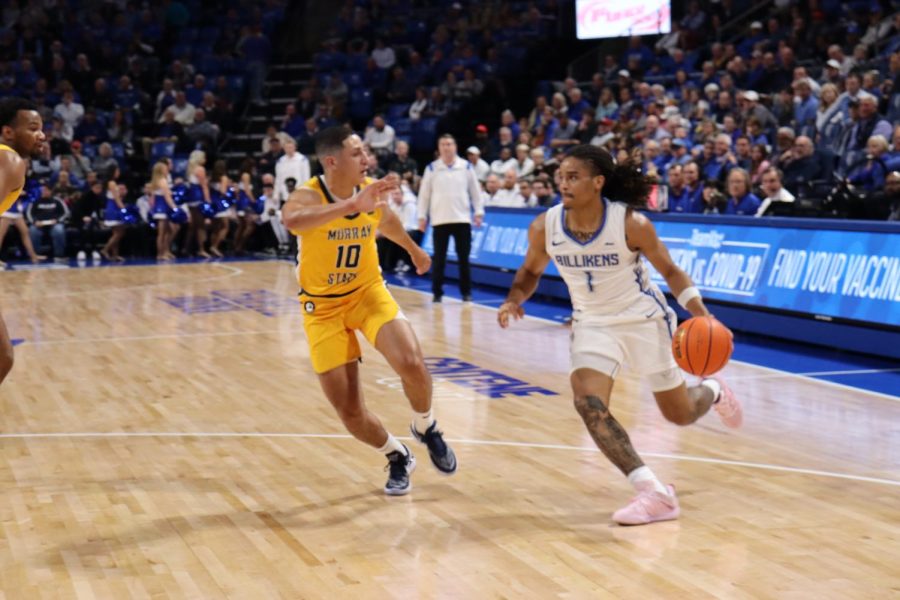Grand Boulevard and the industrial wasteland below it may undergo a major transformation if a new plan is implemented. In the Pere Marquette Gallery in DuBourg Hall last Friday afternoon, the Urban Land Institute announced the winner of its Gerald D. Hines competition. The competition selected approximately 100 acres surrounding and including the Grand Boulevard viaduct area for its 2006 competition. Out of the 82 plans submitted, four finalists were chosen. Those finalists returned to St. Louis to review the site in more detail and to submit their final plans.
Grand idea
One of the four finalists, a group from Harvard, Bridging Innovation at Grand Crossing, was selected as the winner of this year’s competition. Their plan focuses on making the area a major entertainment and economic district, while also setting aside space for residential housing. The winning group’s plan is built on three main ideas: Developing the armory, reactivating Grand Boulevard and promoting biotech industry. These initiatives will make the area a place to work, live and entertain, and will better connect Saint Louis University’s Frost and Health Sciences campuses.
The anchor of the area would be a proposed 20-story residential high-rise or hotel that would have a view of the Gateway Arch and the proposed Chouteau’s lake. The armory would be redesigned into a multiuse facility with a cinema, bookstores, cafes, a fitness center and restaurants. The winning group wanted to focus its development on the existing Grand Boulevard corridor, rather than building more infrastructure, as other groups had proposed.
Under this plan, retail space would extend from the north and south sides of the bridge toward the center, making the bridge shorter. The bridge would also be redesigned to provide for wider sidewalks, planted medians, street parking and access to the MetroLink station.
In fall 2005, the City of St. Louis announced a design for the replacement of the Grand Bridge, after United States Senator Kit Bond got $15 million allocated for the Grand Bridge project (The University News reported on the design, in this section).
Which plan gets put into action to redo the Grand Bridge?
The plan that was announced in fall 2005 will most likely go through in the near future, when the project is fully funded. Elements of the Harvard plan could possibly be used later down the road, since it calls for more than the reconstruction of the Grand Bridge.
Almost all agree that the current bridge does not serve as a pedestrian-friendly area.
“Right now, the bridge serves only as a vehicular thoroughfare and deters the pedestrian activity that is so crucial to a successful urban environment,” said Tom Hussey, one of the winning group’s members.
Urbanists agree that this plan for the bridge and the surrounding area is a long-term solution to fixing the industrial wasteland that has not only been an eyesore for years, but that has also restricted urban growth.
“Long bridges, no matter how pretty the median plantings, are just not something people want to cross, as pedestrians. By shortening the bridge length to just the area that is needed to cross the tracks and building up the rest of Grand Boulevard as a retail/entertainment street, this is the best approach to connect SLUs two campuses and to connect St. Louis,” said Steve Patterson, an urbanist who has written extensively on St. Louis’ urban decay and recovery.
If this plan were implemented, would it actually bring about urban growth or would it just be another big flop? People want to know what makes this project different from others such as the Grand Center, which was supposed to be one of the projects that would bring Grand back to life (most argue it has a ways to go).
“This plan acts as a catalyst for future development and growth. People are once again looking for urban living, where they can be closer to work and school, public transit and commercial activity. This plan embodies all of this,” said Hussey.
Many love the idea and applaud it, but are wondering who will pay for it. Hussey said that one of the hardest things for his team was to create a plan that accomplished all of the goals of redesigning the area, while also making it feasible for developers and institutions to invest in, and for the project to be done in stages.
“Forecasting projected demand for particular uses over the next 20 years was the hardest challenge to this project. We had to envision a plan that could be phased such that the initial development could thrive and lead to demand for future phases and development,” Hussey said.
Will the plan ever happen?
The most important thing to note is that these students were given a real-world application, and that these are some of the ideas of what may happen. “The area will get rebuilt at some point. Sadly, this will be after many years of the current owners not doing much, since the area has been blighted for redevelopment. The final outcome may borrow some elements from the concepts presented, but most likely we will get something far less inspiring, wrapped in red brick,” Patterson said.
The plan will affect SLU in the years to come, whether the whole plan or just parts are implemented. Students often mentioned the Grand Bridge as one of their complaints about SLU. Urban retail along Grand Boulevard and the redevelopment of the armory, as the plan calls for, could mean no more trips to Brentwood or West County for students. Many of these things will come with time and action by developers, including SLU, and continuing investment in urban development as a catalyst for growth.
“The biggest challenge [in St. Louis’ urban recovery] is those in charge, all the way from the aldermen to business and institutional leaders. Large institutions such as A.G. Edwards and Saint Louis University have spent hundreds of millions of dollars but sometimes done so in a way that does not encourage good urbanity. These investments actually stifle the rebirth of the city by not bringing folks together on the streets and sidewalks,” Patterson said. “Many of the proposals, including the winner, would be a major step forward for this area and the region.”



